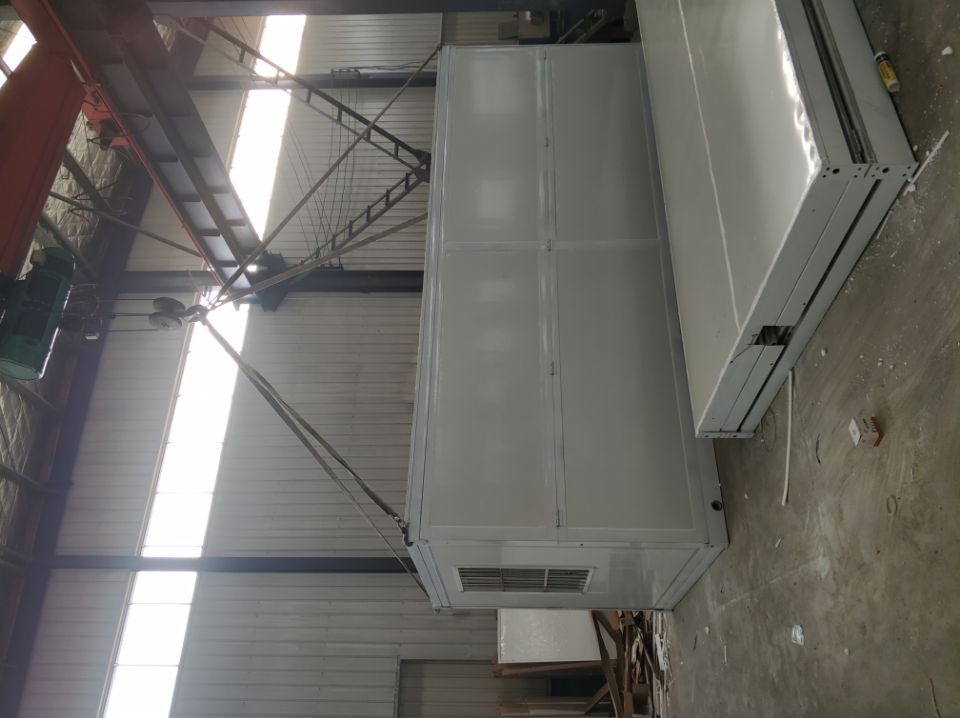What is the significant influence of the material selection and manufacturing process of audio sound insulation fabric on the sound insulation effect and the direction of improvement?
Table of Contents
Impact of Material Selection on Sound Insulation Effect
When it comes to sound insulation in audio applications, the material selection and manufacturing process of the sound insulation fabric play a crucial role in determining the overall effectiveness of the sound insulation. The choice of materials can significantly impact the sound insulation effect, as different materials have varying acoustic properties that can either enhance or hinder the ability to block out unwanted noise.
One of the key factors to consider when selecting materials for sound insulation fabric is the density of the material. Materials with higher densities are generally more effective at blocking out sound, as they are better at absorbing and dissipating sound waves. Common materials used for sound insulation fabric include fiberglass, mineral wool, and foam, all of which have different densities and acoustic properties that can influence the overall sound insulation effect.
In addition to density, the thickness of the material also plays a role in determining the sound insulation effect. Thicker materials are generally more effective at blocking out low-frequency sounds, while thinner materials may be better at absorbing higher-frequency sounds. The thickness of the material can also impact the overall flexibility and ease of installation, so it is important to strike a balance between thickness and practicality when selecting materials for sound insulation fabric.
Another important consideration when selecting materials for sound insulation fabric is the porosity of the material. Porous materials are better at absorbing sound waves, making them more effective at reducing noise levels. Materials with a high porosity, such as foam or mineral wool, are often used in sound insulation fabric to improve the overall sound insulation effect.
The manufacturing process of the sound insulation fabric can also have a significant impact on the sound insulation effect. The way in which the materials are assembled and treated can influence the overall performance of the fabric in blocking out sound. For example, materials that are tightly woven or compressed may be more effective at blocking out sound waves, while materials that are loosely woven or untreated may be less effective.
In order to improve the sound insulation effect of audio sound insulation fabric, manufacturers can explore different material options and manufacturing processes to find the most effective combination. By experimenting with different materials, densities, thicknesses, and porosities, manufacturers can optimize the sound insulation fabric for specific applications and environments.
Overall, the material selection and manufacturing process of audio sound insulation fabric play a significant role in determining the sound insulation effect. By carefully considering factors such as density, thickness, porosity, and manufacturing techniques, manufacturers can create sound insulation fabric that is highly effective at blocking out unwanted noise. Through continuous research and development, the direction of improvement in sound insulation fabric will continue to evolve, leading to even more effective solutions for sound insulation in audio applications.
Influence of Manufacturing Process on Sound Insulation Improvement
When it comes to sound insulation in audio applications, the material selection and manufacturing process of sound insulation fabric play a crucial role in determining the overall effectiveness of the product. The choice of materials and the way they are processed can significantly impact the sound insulation properties of the fabric, as well as the direction in which improvements can be made.
One of the key factors that influence the sound insulation effectiveness of a fabric is the material used in its construction. Different materials have different acoustic properties, which can affect how well they absorb or reflect sound waves. For example, materials with a high density tend to be more effective at blocking sound, while materials with a softer texture may be better at absorbing sound waves. Additionally, the thickness and structure of the material can also impact its sound insulation capabilities.
In addition to material selection, the manufacturing process used to create the sound insulation fabric can also have a significant influence on its performance. The way in which the fabric is woven, treated, and finished can all affect its ability to block or absorb sound. For example, fabrics that are tightly woven or have multiple layers may be more effective at blocking sound waves, while fabrics that are treated with special coatings or finishes may be better at absorbing sound.
Furthermore, the manufacturing process can also impact the durability and longevity of the sound insulation fabric. Fabrics that are made using high-quality materials and processes are likely to last longer and maintain their sound insulation properties over time. On the other hand, fabrics that are made using inferior materials or processes may degrade more quickly and lose their effectiveness.
In order to improve the sound insulation properties of a fabric, manufacturers can focus on both material selection and manufacturing processes. By choosing materials that are specifically designed for sound insulation and using advanced manufacturing techniques, manufacturers can create fabrics that are more effective at blocking or absorbing sound waves. Additionally, by investing in research and development, manufacturers can continue to innovate and improve upon existing materials and processes to create even more effective sound insulation fabrics.
Overall, the material selection and manufacturing process of sound insulation fabric play a crucial role in determining its sound insulation effectiveness. By choosing the right materials and using advanced manufacturing techniques, manufacturers can create fabrics that are more effective at blocking or absorbing sound waves. Additionally, by focusing on research and development, manufacturers can continue to improve upon existing materials and processes to create even more effective sound insulation fabrics. Ultimately, the influence of material selection and manufacturing process on sound insulation improvement cannot be understated, as they are key factors in determining the overall performance and effectiveness of sound insulation fabrics.







